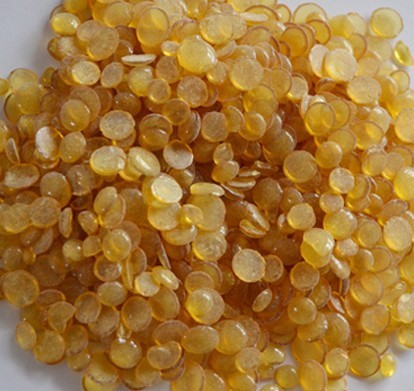
 Language
▼
Language
▼
More Language

Resin for ink is the core material in ink, mainly used as a connecting material to carry pigments, protect pigment particles, and provide adhesion between ink and substrate.Resin for ink plays a crucial role in ink, with its main functions reflected in the following aspects:
Resin, as a carrier of pigments in ink, can uniformly encapsulate pigment particles and stably disperse them in the ink system. This dispersing effect ensures that pigment particles can uniformly adhere to the surface of the substrate during the printing process, resulting in clear and full color effects.
The adhesion between ink and substrate is one of the key factors in printing quality. The forces generated between the resin connecting material for ink and the substrate, such as chemical bonding forces, intermolecular forces (including hydrogen bonding and van der Waals forces), constitute the main source of adhesion between ink and substrate. Choosing appropriate resin connectors for different substrates can significantly improve the adhesion of ink, ensuring the firmness and durability of printed patterns.

Resin for ink can not only carry pigments, but also protect pigment particles from external environmental erosion. By forming a protective film, resin can reduce the contact between pigments and harmful substances such as air and moisture, thereby extending the color stability and glossiness of ink. In addition, resin can also improve the durability of ink, such as scratch resistance, UV resistance, and chemical resistance, ensuring that printed patterns maintain good appearance during long-term use.
The type and properties of resin have a significant impact on the viscosity, drying speed, solvent resistance, water resistance, and other properties of ink. By selecting the appropriate resin for ink type and adjusting its performance parameters, high-quality ink that meets different printing needs can be prepared. For example, for inks that require rapid drying, resins with faster drying speeds can be chosen; For inks that require high adhesion, resins with strong adhesion can be chosen.
 Address:Linzi District,Zibo City,Shandong Province
Address:Linzi District,Zibo City,Shandong Province E-mail:wanbang@wanbangresin.com
E-mail:wanbang@wanbangresin.com WhatsApp:+8615053337101
WhatsApp:+8615053337101
China C5 hydrogenated petroleum resin supplier : Shangdong Wanbang New Materials Co., Ltd.
C5 hydrocarbon resin manufacturer has a wide range of applications, high quality, low price, and multiple uses.Welcome to consult.